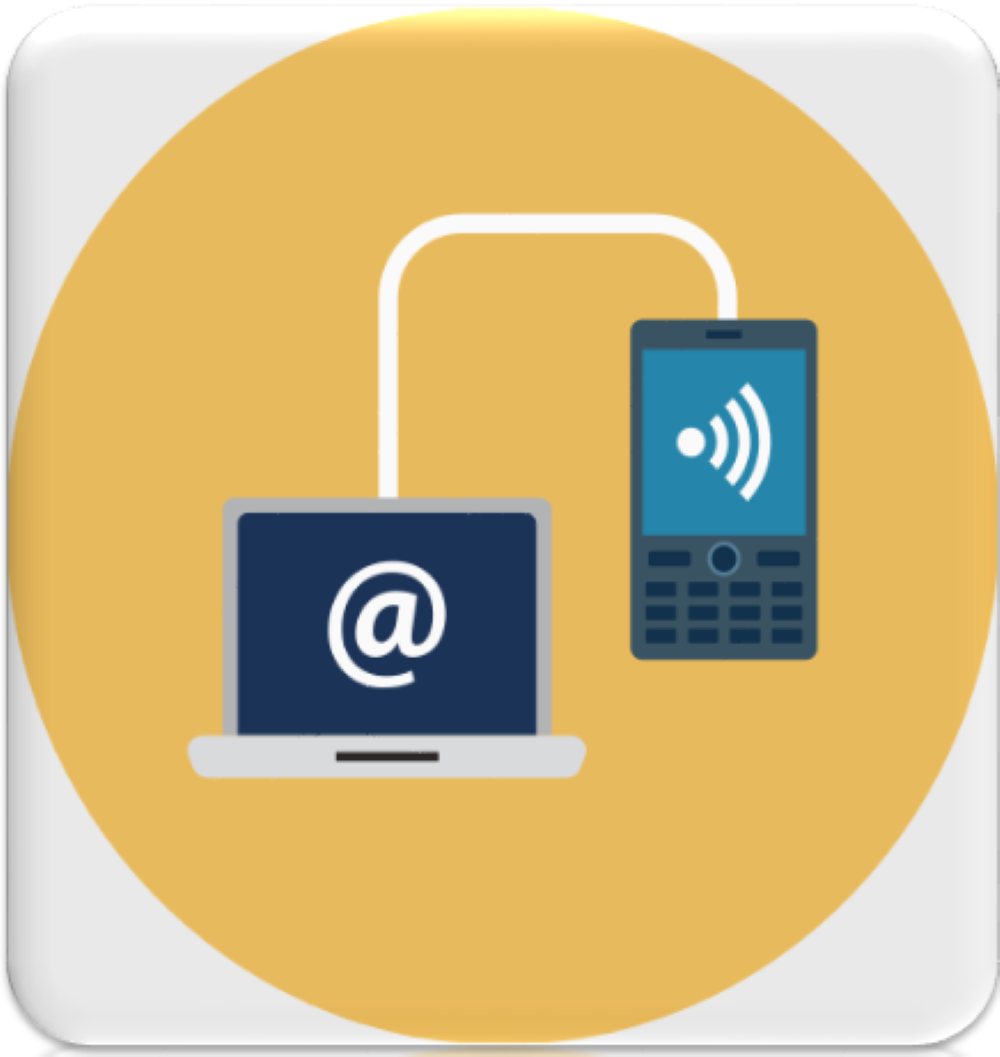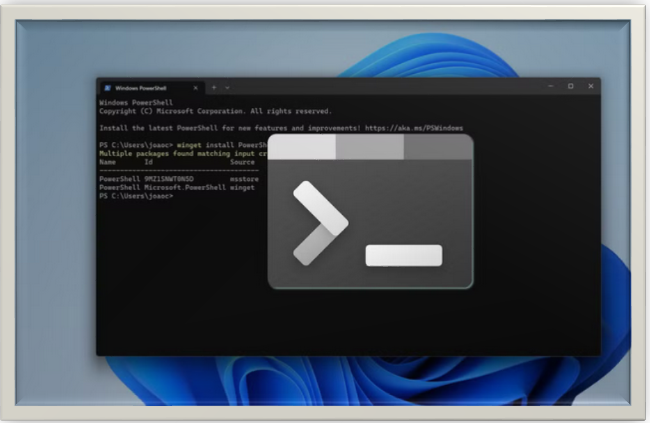HOW TO FIND THE PORT A DEVICE IS CONNECTED TO BASED ON IP ADDRESS ON CISCO DEVICES: A BEGINNER’S GUIDE
Learn how to find the exact port a device is connected to on Cisco devices using its IP address. Follow these simple steps for efficient network management.

INTRODUCTION:
Accurately identifying the precise port on a Cisco switch that a device is connected to is crucial for efficient network management and troubleshooting. The purpose of this article is to help you use a device's IP address to determine which port it is connected to. This article is explained in simple terms and offers precise, step-by-step directions.
WHAT YOU NEED
Before you start, make certain you've got the following:
-
Access to the Cisco switch via Telnet, SSH, or a console.
-
The device's IP address that you are trying to find.
STEP-BY-STEP GUIDE
Step 1: Access the Cisco Switch
It is necessary to have access to the Cisco switch's command-line interface (CLI) to run the necessary commands.
Access Methods:
- Using Console Cable:
-Connect a console cable to the switch's console port from your PC.
-Open a terminal emulator (PuTTY, for example) and set the connection type to Serial.
-Press "Open" to launch the CLI.
- Making Use of SSH:
-
Open the command prompt (for Windows) or terminal (for Mac/Linux).
-
Type in and press Enter for the following command:
'''
ssh username@switch_ip_address
'''
- Enter your password when asked.
Step 2: Find the Device's MAC Address
A Media Access Control (MAC) address is a unique fingerprint that is assigned to every network device. It is a means of identifying the device within the network. Finding the MAC address associated with the given IP address is a prerequisite to determining the port.
How to identify:
i. On Windows:
Open the Command Prompt and type the following:
'''
ipconfig /all
'''
Find the "Physical Address" of the network adapter linked to the required IP address.
ii. On Mac
- Launch the Terminal, then enter:
'''
Ifconfig
'''
- Under the relevant network interface, find the "ether" address.
iii. On a Linux device
Open the Terminal and type the following:
'''
IP address show
''''
Find the "link/ether" address linked to that particular network interface.
Step 3: Link the IP Address to a MAC Address Using ARP
The Address Resolution Protocol (ARP) table, which connects IP addresses to corresponding MAC addresses, is displayed by this command.
1. Access the Switch CLI.
- Once you've accessed the CLI of the switch, type:
'''
enable
'''
- Enter the enable password when prompted.
**2. Display the ARP Table: **
- To view the ARP table, enter this command:
'''
show ip arp
'''
Alternatively;
Type the following command and press Enter, being careful to substitute "target_ip" with the device's real IP address:
'''
show ip arp target_ip
'''
This will produce a table with the IP address, interface, and MAC address, among other details. To get the device's MAC address, look for the entry that corresponds to its IP address.
Step 4: Use the MAC Address to Find the Port
Determining the device's physical connection point is made easier by mapping the MAC address to a particular port.
1. Display the MAC Address Table:
- To view the MAC address table, input the sequence command:
'''
show mac address-table
'''
- To determine the port, locate the entry that matches the MAC address of the device.
2. Using VLAN Is Optional for Specificity:
- If VLANs are present on your network, you might need to include the VLAN in your search:
'''
show mac address-table vlan vlan_id
'''
Workflow Example
Let's go step-by-step through an example.
1. Find the MAC Address of the Device:
Assume that 192.168.1.10 is the IP address of the device.
ARP entry should be checked on the switch CLI.
'''
Switch# show ip arp 192.168.1.10 Internet 192.168.1.10 4 0011.2233.4455 ARPA Vlan1
'''
2. Using the MAC Address, Determine the Port:
- To locate the port, use the MAC address 0011.2233.4455:
'''
Switch# show Mac address-table address 0011.2233.4455 Vlan Mac Address Type Ports ---- ----------- -------- ----- 1 0011.2233.4455 DYNAMIC Fa0/1
'''
- This indicates that port {Fa0/1} is where the device is connected.
Tips for Troubleshooting
If the MAC Address Is Not Visible:
- Check for connectivity:
Verify that the device is turned on and linked to the network correctly.
2. To Refresh the ARP Table:
To update the ARP table, send a ping from the switch:
'''
Switch# ping 192.168.1.10
'''
3. Extend the Search:
- Try utilizing broader commands if the direct commands are ineffective:
'''
Switch# show Mac address-table dynamic
'''
Important Points:
It is assumed by this method that your switch is configured to recognize and store MAC addresses in its ARP table.
If you are using a Layer 3 switch, you may not get any results from the initial show ip arp command because these switches are capable of routing data across multiple networks. It might be necessary to locate and carry out the instructions at the Layer 2 switch to which the device is directly attached.
SUMMARY
On a Cisco switch, there are a few simple steps you must take to determine which port a device is connected to using its IP address: Gaining access to the switch, determining the device's MAC address, and utilizing that information to find the port. Even people who are not familiar with networking can locate devices in their network with ease by using this guidance. This ability aids in managing your devices, troubleshooting network issues, and maintaining a seamless network.
Thanks for reading.
If you like the article, consider sharing and subscribing. ;)




